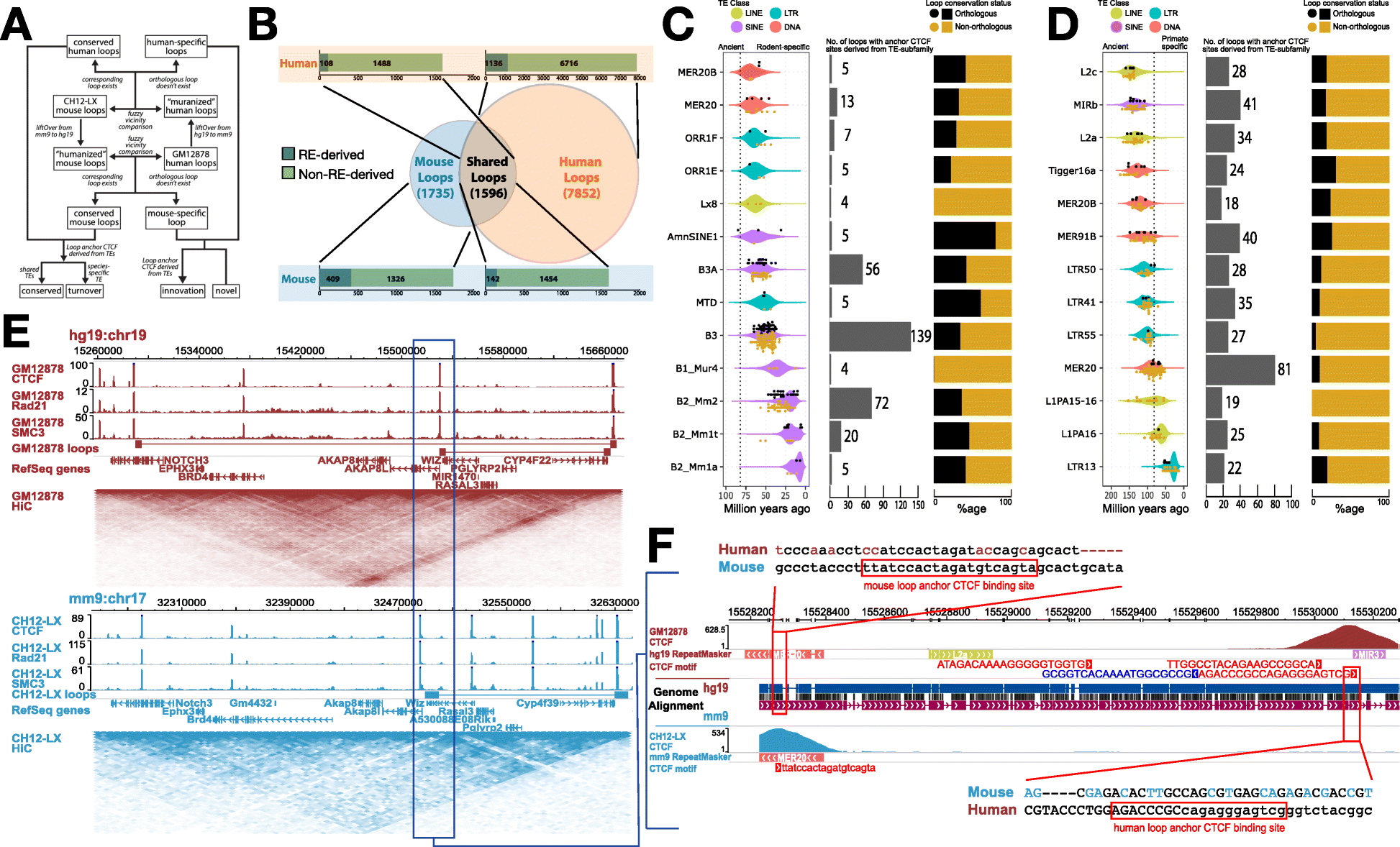
You may have heard of the fantastic-sounding “dark side of the genome.” This poorly studied fraction of DNA, known as heterochromatin, makes up around half of your genetic material, and scientists are now starting to unravel its role in your cells.
For more than 50 years, scientists have puzzled over the genetic material contained in this “dark DNA.” But there’s a growing body of evidence showing that its proper functioning is critical for maintaining cells in a healthy state. Heterochromatin contains tens of thousands of units of dangerous DNA, known as “transposable elements” (or TEs)...
Read More








Recent Comments